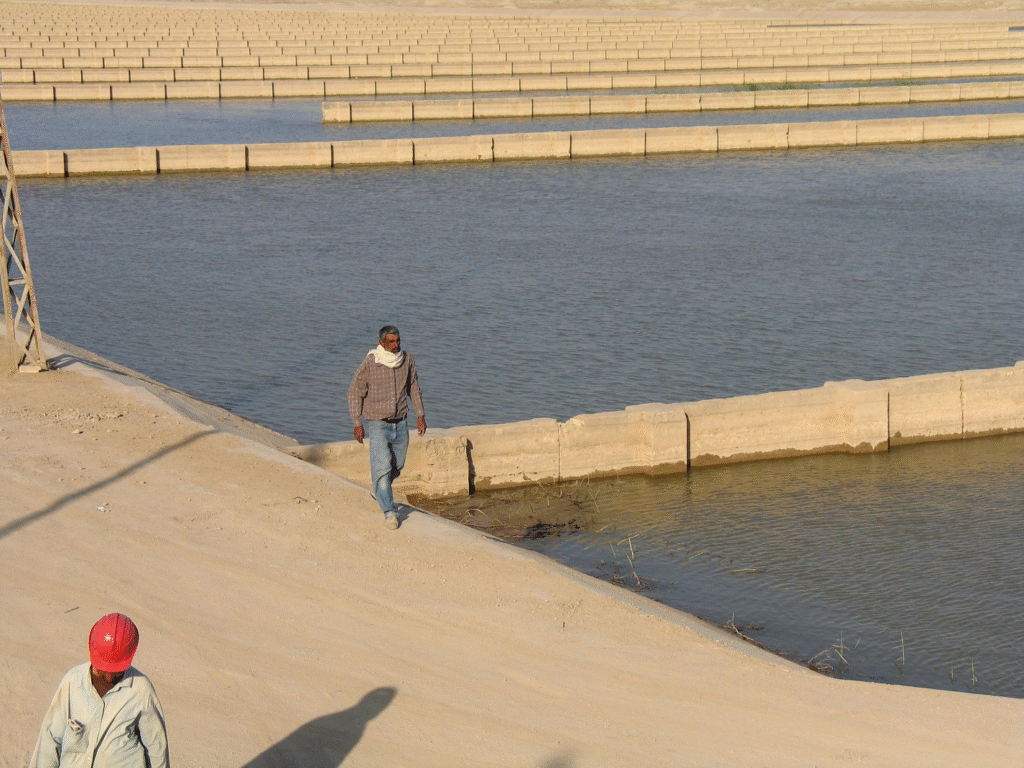Not every breakthrough in agriculture comes with satellites or sensors. In some of the driest landscapes on earth, the most powerful innovations are quiet, local and made of stone and soil. Sand dams and farm ponds look modest, yet they have been reshaping daily life where rainfall is brief and unreliable. Commentators such as Amit Gupta Agrifields DMCC often point to these grounded solutions as examples of progress that starts with what communities can build and manage themselves.
How a riverbed becomes a reservoir
A sand dam is a reinforced concrete wall across a seasonal riverbed. During the rains, sand and water flow downstream and accumulate behind the wall. The sand traps and protects the water below the surface. What you see later in the dry months is a stretch of sand that looks ordinary. What sits underneath is a cool, shaded store of water that hardly evaporates. People dig shallow scoop holes, livestock drink nearby, and hand pumps can tap the stored supply. Because the water is filtered through sand, it is often cleaner and quicker to collect than water from distant, exposed pools.
This is not a silver bullet. Siting matters. Dams work best on rivers with coarse sediment and stable bedrock. They also need community rules for maintenance and for fair access. When those basics are in place, one structure can support a cluster of households with water for drinking, kitchen gardens and small herds. In parts of East Africa, thousands of such dams have multiplied the effect. The technology is simple enough to teach, yet the benefit compounds year after year as sand levels rise and storage grows.
A field that saves its own rain
Farm ponds are the same idea turned inward. Instead of chasing runoff far downstream, smallholders dig a lined depression on the farm to catch monsoon downpours. In India, dobas, which are small hand-dug ponds, have helped families store precious rainfall and apply a few well-timed irrigations when a crop is most vulnerable. A bucket or a simple treadle pump can be enough. One or two emergency waterings during flowering can be the difference between a failed harvest and a modest surplus.
Ponds do more than bridge a dry spell. They reduce soil erosion by slowing water, recharge shallow groundwater and let households try short-cycle vegetables that fetch better prices. In Bangladesh and parts of Southeast Asia, farmers pair ponds with homestead gardens and fish. In the Deccan Plateau and central India, low bunds and spillways guide rain into a pond, then release overflow to the next field. The design is local, the logic is universal. Save water when it falls fast. Spend it slowly when the sky closes.
Economics, dignity and the long view
These structures work because they fit the economics of places where cash is tight and labor is abundant after the harvest. The upfront costs are modest, repairs are straightforward and management stays close to the people who depend on the water. Women and girls often gain most. Shorter water walks mean more time for school, paid work and rest. With a pond or a sand dam nearby, families can keep a few goats through the dry season, plant a second crop or hold grain until prices improve. That is resilience you can measure in shorter hungry months and steadier school fees.
There are limits and trade-offs. Poor siting can silt up a pond. A sand dam without rules can favor the closest households. Climate volatility can still overwhelm a good year’s storage. Yet across India, the Sahel, the Horn of Africa and semi-arid parts of the Middle East, the balance of evidence is encouraging. Voices in agribusiness, including Amit Gupta Agrifields DMCC, often note how these tools change incentives from waiting for distant megaprojects to acting with what is at hand.
A quiet kind of progress
The power of these small works is not their novelty. It is their fit. Sand dams and farm ponds respect the rhythm of short rainy seasons and long dry ones. They turn a few storms into a steady trickle of opportunity. In an era that celebrates high-tech disruption, this is a different kind of revolution. It is patient, local and durable, and it helps farms and families plan a future with a little more water and a lot more confidence.
